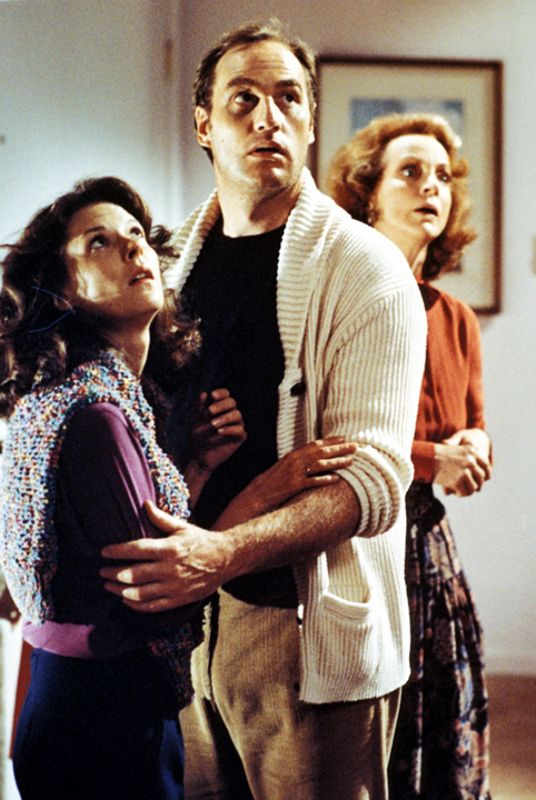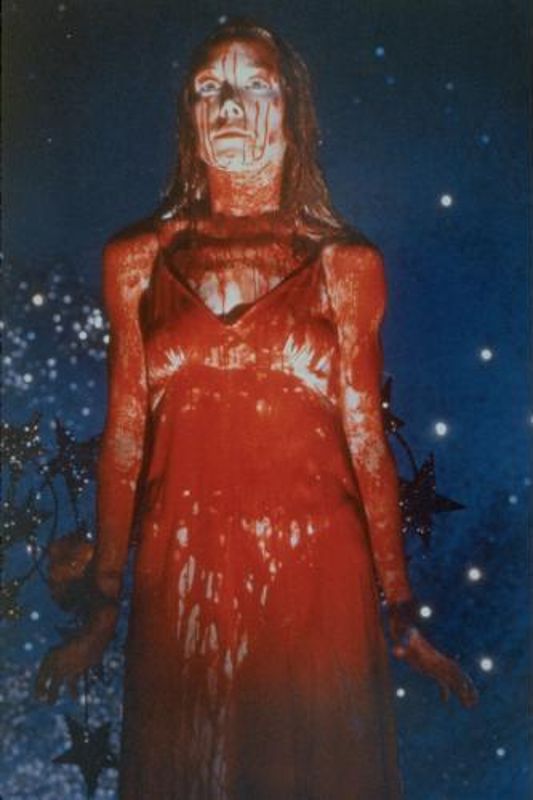A Nightmare on Elm Street (1984)
In the dreams of his victims, a spectral child murderer stalks the children of the members of the lynch mob that killed him.
Note # Click watch as free user NOT THE WATCH NOW button, and the video will play in a few moments.
A Nightmare on Elm Street Part 2: Freddy's Revenge (1985)
A teenage boy is haunted in his dreams by Freddy Krueger who is out to possess him to continue his murdering in the real world.
Note # Click watch as free user NOT THE WATCH NOW button, and the video will play in a few moments.
A Nightmare on Elm Street 3: Dream Warriors (1987)
Survivors of undead serial killer Freddy Krueger - who stalks his victims in their dreams - learn to take control of their own dreams in order to fight back.
Note # Click watch as free user NOT THE WATCH NOW button, and the video will play in a few moments.
A Nightmare on Elm Street 4: The Dream Master: (1988)
Freddy Krueger returns once again to terrorize the dreams of the remaining Dream Warriors, as well as those of a young woman who may know the way to defeat him for good.
Note # Click watch as free user NOT THE WATCH NOW button, and the video will play in a few moments.
A Nightmare on Elm Street 5: The Dream Child:
Alice, having survived the previous installment of the Nightmare series, finds the deadly dreams of Freddy Krueger starting once again. This time, the taunting murderer is striking through the sleeping mind of Alice's unborn child. His intention is to be "born again" into the real world. The only one who can stop Freddy is his dead mother, but can Alice free her spirit in time to save her own son?
Freddy's Dead: The Final Nightmare: (1991)
Freddy Krueger returns once again to haunt both the dreams of his daughter and Springwood's last surviving teenager.
Note # Click watch as free user NOT THE WATCH NOW button, and the video will play in a few moments.
New Nightmare (1994)
A demonic force has chosen Freddy Krueger as its portal to the real world. Can Heather play the part of Nancy one last time and trap the evil trying to enter our world?
Note # Click watch as free user NOT THE WATCH NOW button, and the video will play in a few moments.

































